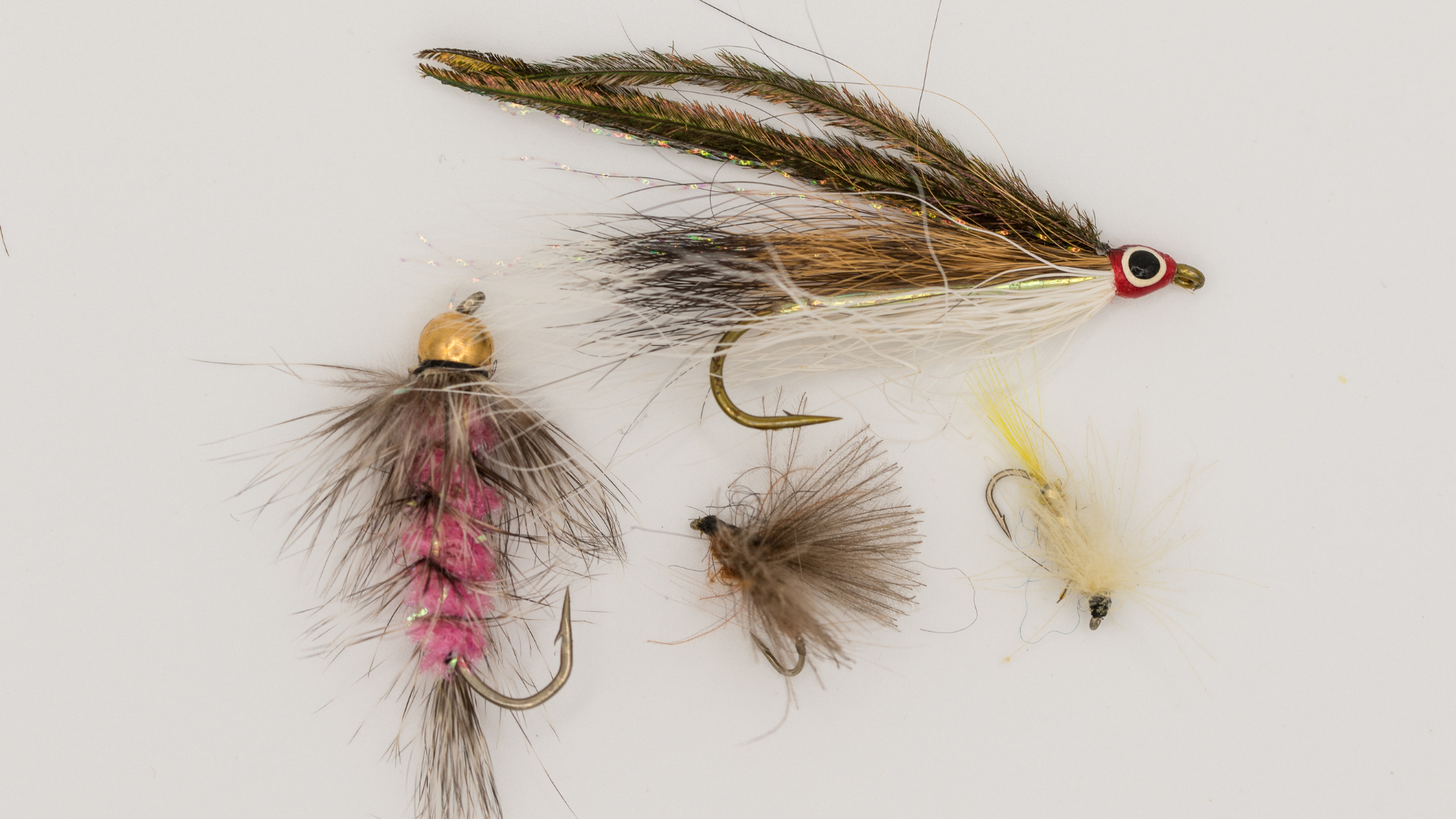Little River - above Townsend - Tennessee
Fly Fishing River Report & Conditions
Little River – above Townsend - Water Flow Chart
Little River – above Townsend - Weather report & radar
Little River – above Townsend - General hatch chart
| Month | Hatch | Time of Day | Recommended Fly Sizes | Popular Fly Patterns |
|---|---|---|---|---|
| January | Blue Winged Olive, Midges | All Day | 18-22 | Beatis, Zebra Midge |
| February | Blue Winged Olive, Black Caddis | Warmest Part of Day | 16-20 | Pheasant Tail, Elk Hair Caddis |
| March | Blue Winged Olive, Quill Gordon | Mid Morning – Afternoon | 12-16 | Adams, Quill Gordon Dry |
| April | Hendrickson, March Brown | Early Morning – Late Afternoon | 14-18 | Parachute Hendrickson, March Brown Dry |
| May | Eastern Green Drake, Light Cahill | Afternoon – Evening | 12-14 | Green Drake Dun, Cahill Classic |
| June | Sulphurs, Caddis | Mid Afternoon – Dark | 14-18 | Sulphur Emerger, X-Caddis |
| July | Terrestrials & Caddis | All Day | 10-16 | Chernobyl Ant, Elk Hair Caddis |
| August | Terrestrials, Blue Winged Olive | All Day | 12-20 | Parachute Ant, Beatis |
| September | Blue Winged Olive, Terrestrials | All Day | 16-22 | Beatis, Foam Beetle |
| October | Blue Winged Olive, Caddis | All Day | 16-20 | Beatis, X-Caddis |
| November | Blue Winged Olive, Midges | Warmest Part of Day | 20-24 | Beatis, Zebra Midge |
| December | Midges | Warmest Part of Day | 20-24 | Zebra Midge, Griffith’s Gnat |
Little River – above Townsend Access Points
If you’re an avid angler looking to fly fish on the Little River, there are some fantastic spots you should be aware of, particularly above Townsend. Here are some of the best access points:
- Cades Cove: Located within the Great Smoky Mountains National Park, this area gives excellent access to the waters of Little River. It’s also a popular spot for tubing.
- Elkmont Campground: This is another accessible location that offers exceptional river access. Plus, it’s a great place to camp if you’re planning on fishing for a weekend.
- Metcalf Bottoms Picnic Area: A prime spot in close proximity to the River’s banks that also grants great opportunities for fly fishing.
- The Sinks: A large waterfall which creates deep pools that are teeming with trout. Access can be steep, but is worth the added effort.
- The Townsend “Y”: Near the Townsend entrance of the park where Little River and the Middle Prong of the Little Pigeon River meet. A popular location for fishing.
Remember, the fishing regulations vary within the park and proper licenses are required.
Little River – above Townsend Fishing Spots
The Little River above Townsend, Tennessee boasts several hotspots for fly fishing. A few of the best spots are:
- The “Y”: A junction between the Little River and Middle Prong. The water is deep and flowing, perfect for rainbows and native brook trout.
- Elkmont: Home to the largest campground in the Great Smoky Mountains. A variety of trout species can be caught here.
- Metcalf Bottoms: Known for its stunning views, many anglers believe this is one of the top spots to fish on the Little River.
These locations are recognized for their plentiful fishing opportunities and beautiful scenery. Always remember to observe local regulations and respect the natural area. Fly fishers can expect a memorable experience on the Little River above Townsend.
Little River – above Townsend Local Fish Species
- Brook Trout – The native Brookie can be found in the higher elevations of the river system.
- Rainbow Trout – An enduring, colorful species that can be found throughout the Little River.
- Brown Trout – Known for their large size and spooky behavior, they are a favorite of seasoned fly fishers.
- Smallmouth Bass – A robust fighter and because of that, popular to catch on a fly rod.
- White Bass – Known for their strong fights and excellent taste, they are often found in larger pools of the river.
- Crappie – While not as commonly targeted on a fly rod, these fish still offer a fun challenge.
- Bluegill – These sunfish are a staple for many fly fishers in the area.
- Carp – Often overlooked, these fish provide a rewarding and challenging fly fishing experience.
About the Little River – above Townsend
The Little River, nestled above Townsend, possess a rich and vibrant history. A charming water body with peaceful surroundings, it takes its journey from its headwaters in the Great Smoky Mountains National Park.
- Early 1800s: Little River was named by the Cherokees, who were early inhabitants of the region.
- Mid 1800s – 1900s: European settlers exploited this river to develop logging industries and later utilized the water source for generating electricity.
- 1934 onwards: The establishment of the Great Smoky Mountains National Park preserved the area, protecting the delicate ecosystem surrounding the river.
Today, the Little River stands as a lively witness to these evolving times and continues to enchant visitors with its serene waters. A favorite among fly fishers and adventurers, it continues to contribute to the local culture and economy, proving an ever-essential lifeblood of Townsend.
Community Contributions
Be part of the fishing community!
No updates submitted for this river.



